Doggie Dictionary
We’ll be building on this page as time goes on – so if you have a question or a specific term you’d like us to explain, please email info@lintbells.com and we’ll get to work!
A
Aroused
Arousal is central to your dog's behavioural and emotional state – and it’s really important to remember when dealing with fear and anxiety.
When your dog's stress response is triggered, they become aroused. Once aroused, they respond to resolve the situation (for example, they might choose to run away, hide, or growl). If their behaviour is successful at removing the perceived threat, arousal will decline. If their response was unsuccessful and the threat still exists, the dog's arousal level will increase and they might try another response, for example, a snap if a growl didn't work.
You can help to minimise your dog's arousal levels by reducing encounters with the situations that they find scary and by making sure that you only ever work to improve their responses with desensitisation and counter conditioning in calm, controlled situations. Also see hyper-vigilant/hyper-aroused.
C
Counter conditioning
Counter conditioning is the process whereby an animal’s emotional or behavioural response to something (the ‘trigger’) is changed by making a new, positive, association, or teaching a different response. Clinical animal behaviourists use this, alongside desensitisation, to help change the way fearful and anxious dogs feel about and respond to the things they find scary.
D
Desensitisation
Desensitisation is a method used by clinical animal behaviourists to treat fear in dogs by very gradually exposing them to increasing intensities of the stimulus/trigger, while the animal is relaxed.
Starting at such a low level (e.g. low volume or large distance away) and being careful to work below their fear threshold, gradually and at their own pace. These methods should only be undertaken with a behaviourist’s help.
H
Habituation
‘Habituation’ is a term that’s used by clinical animal behaviourists. It means ensuring that dogs don’t build negative associations with new things. It’s all about controlled introductions, taken at the pace of the individual puppy or dog so that nothing is overwhelming, shocking or could become scary! Using treats and taking a gradual, gentle approach is recommended.
The good thing is that – though it’s very important to habituate puppies – the same techniques can be applied with adult dogs when facing new situations.
Hyper-vigilant/hyper-aroused
When a dog becomes very aroused or ‘hyper-vigilant’, their ability to take on, process and act on the information around them can be interrupted – it may seem like they’re ‘not listening’. This can be caused by by excitement as well as stress.
G
Generalisation
Over time, with repeated exposure to a scary situation, successful behavioural and emotional responses may become more automatic, and your dog may start to use them in a wider range of situations. This is known as generalisation. For example, a dog who was fearful of fireworks may begin to react to other loud noises in the same way.
N
Neophobia
Puppies and dogs who do not receive appropriate ‘habituation’ to different situations and objects, can develop what behaviourists call “neophobia” which is a fear of new things. There isn’t much information on exactly how many dogs experience this, since it’s not usually seen as an independent problem but is more generalised alongside specific fears and anxiety. However, we do know it’s a big issue for lots of dogs and one that we can help to prevent¤, so it’s good to be aware of careful, positive early introductions to all the things that will be encountered in daily life.
S
Sensitisation
Sensitisation is the opposite of 'habituation'. It’s what happens when something becomes scary to your dog, causing a negative emotional and/or behavioural response, instead of a neutral, or positive experience. This can happen following a negative experience at any point in life. It can also happen when encountering new things in puppyhood that your dog finds overwhelming and then associates with feeling bad with repeated exposure. Over time, your dog may respond at a lower threshold (level) to less intense triggers. For example, if your dog was scared of other dogs coming very close, they may start to react towards dogs that used to be at a 'safe' distance further away.
Socialisation
‘Socialisation’ is the process whereby dogs learn to interact with others of their own and different species. It works in the same way as habituation, and it’s about ensuring positive early learning and taking things slowly so that nothing becomes scary or overwhelming. This time the focus is on recognising, communicating and responding appropriately towards other dogs, people and other animals that might be part of a dog’s life, like cats and livestock. It’s especially important that dogs learn about the body language of other dogs and people so that they can recognise how others are feeling, and work on how best to respond.
T
Triggers
This is a word used to describe things that dogs react to. Common triggers include: being separated from their owners; people; other dogs; loud noises and fireworks; travel; new objects or situations; and visits to the vet or groomer. See more on triggers in the ‘What are dogs afraid of’ blog.
¤ (Pluijmakers et al., 2010)
Pluijmakers, J, T, M., Appleby, D. L. & Bradshaw, J. W. S. (2010). Exposure to video images between 3 and 5 weeks of age decreased Neophobia in domestic dogs. Applied Animal Behaviour Science, 126, 51-58.





